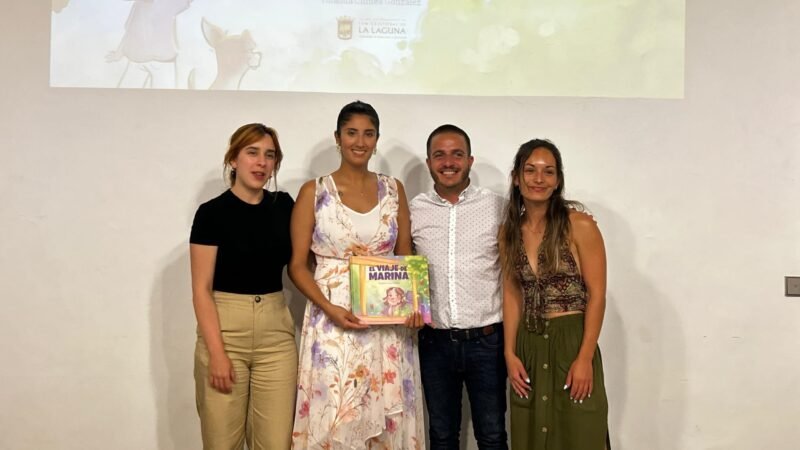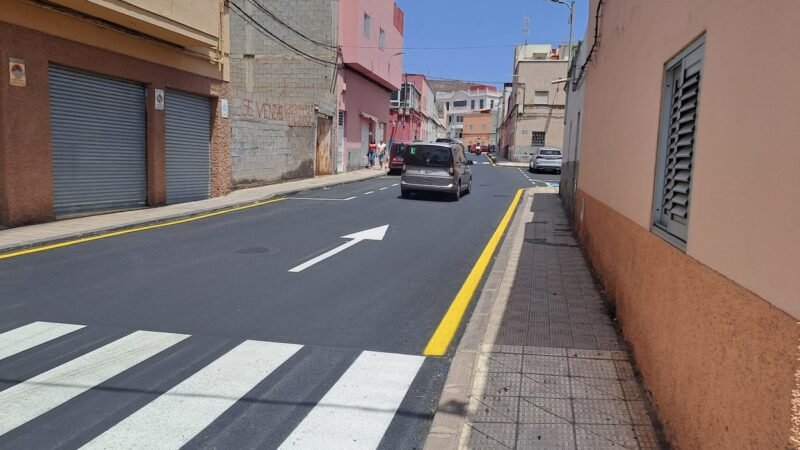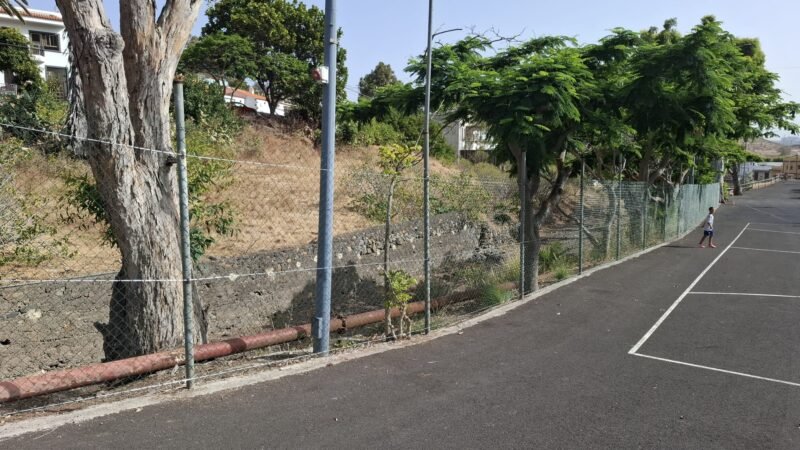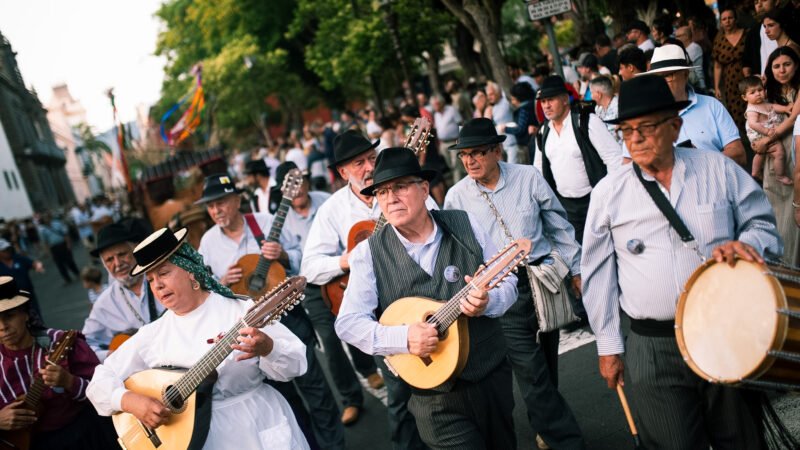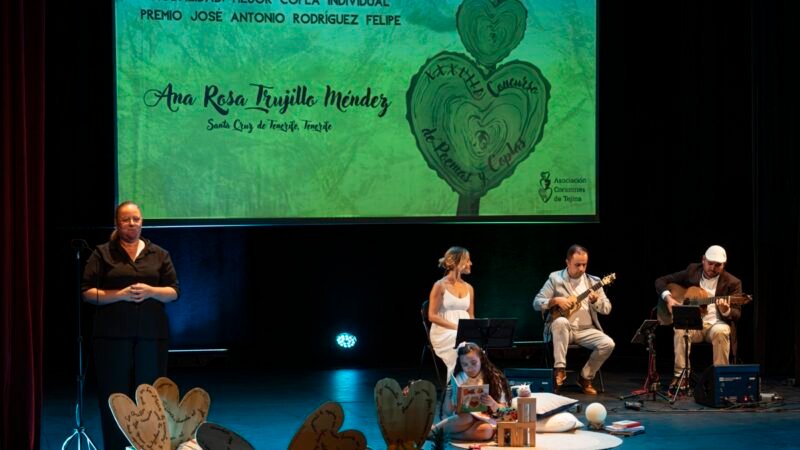La Laguna licita redacción del Plan de Gestión de Patrimonio Mundial
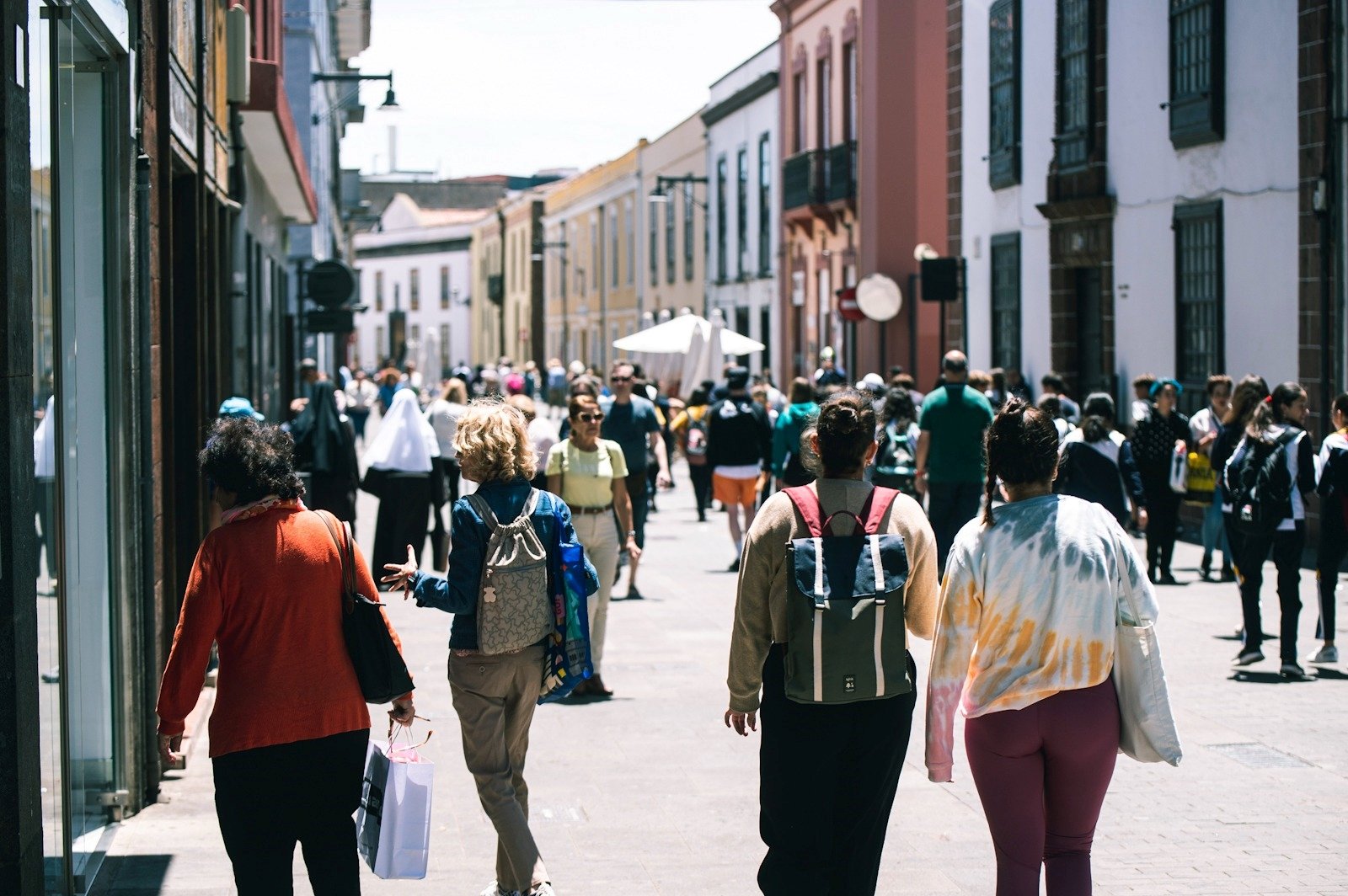
The Public Sector Contracting Platform has today published the tender for the drafting of the first Management Plan for the Historic City of La Laguna, the only one in the Canary Islands declared a World Heritage Site by UNESCO, a document that will be structured in four lots or complementary documents and that will allow for the extensive development of relevant aspects such as mobility, lighting, and the design of open spaces in the city, buffer zone, and its surroundings, as well as reinforcing citizen participation throughout the process.
According to the established deadlines for this procedure and with the deadline for submitting offers ending on September 10, the La Laguna Urban Planning Management expects to award the contract before the end of this year, with a bidding budget of 628,700.31 euros and a total execution period of 5 years, which includes the monitoring and evolution of the Plan after its final approval.
The Mayor of La Laguna, Luis Yeray Gutiérrez, explains that «this Management Plan will be essential to continue advancing in the improvement of the historic city, with actions that seek to contribute to the challenge that the locality has set itself to ensure that the current and future needs of residents are compatible with the protection of the Outstanding Universal Value (OUV) that has earned La Laguna its designation as a World Heritage Site by UNESCO.»
«The main objective,» highlights Gutiérrez, «is to reconcile the needs of a modern city with the safeguarding of heritage, avoiding gentrification, addressing identified risks, and preserving its OUV to pass it on to future generations. It represents a new roadmap, the result of 25 years of experience as a World Heritage City, which will be agreed upon with the entire population and will allow us to ensure that the heritage is effectively preserved, while promoting sustainable urban development and encouraging active participation from citizens and local stakeholders in its conservation.»
UNESCO states that cities designated as World Heritage Sites must have a Management Plan to ensure the conservation and sustainable management of their heritage values, a model that complements and reinforces the Special Protection Plan for the Historic Ensemble. This new document is necessary to qualify for recognition by the international organization, and previously declared properties must adapt to this requirement.
Strategic vision for a decade The also Director Councilor of the La Laguna Urban Planning Management highlights that this instrument and its complementary plans «will allow us to have a strategic vision for 10 years, ensuring coherence and coordination of actions and compliance with UNESCO guidelines. Furthermore, it will strengthen operational efficiency, ensuring sustainable, participatory, and integrated management of the World Heritage Site, its buffer zone, and its broader environment.» As the councilor points out, for the development of this Management Plan of the World Heritage Site of San Cristóbal de La Laguna, a segmentation into lots has been chosen to address, in a detailed and precise manner, each area of action while considering the high degree of specialization required for each of the strategies and specific needs of the property. With the aim of ensuring coordination and more efficient and effective management, it is divided into Strategic and Operational Plan, Mobility and Open Space Design Plan, Lighting Plan, and finally, Participation and Communication, which will refer not only to the currently delimited historic ensemble but also to its buffer zone and surroundings. Each of these sections will be formalized into a comprehensive technical document, developed through a transversal approach and agreed upon with all present and related agents in the historic ensemble and its area of influence (neighborhood entities and specialists, socioeconomic sectors, institutions, etc.) Furthermore, Cordobés recalls that «for the drafting of the Lighting Plan and the subsequent ornamental lighting of some of our most emblematic buildings, we have a grant from the Government of the Canary Islands of 400,000 euros. Of this amount, 100,000 euros will be allocated to drafting and the remaining amount to the execution of the lighting of these historical elements, which will be selected according to what is established in the Plan, that is, as a result of citizen participation, and will be implemented progressively.» Monitoring and pilot experiences Once the final document is approved, an implementation and monitoring phase will begin, in which the drafting teams will accompany its development, ensuring the monitoring and adaptation of the planned measures. With the aim of providing the plan with flexibility and the ability to adjust to emerging needs, pilot experiences will be carried out, the results of which will feed into a process of continuous improvement. These results may lead to specific adjustments in the initial document or the rescheduling of timelines, always within the framework of the established strategies. This action is part of a municipal framework program for the updating and improvement of the historic city, which will also include the next update of the Special Protection Plan (SPP) of the Historic Ensemble of La Laguna, which will be 20 years old in July 2025 (the month it was approved by the Plenary) and for which the Urban Planning Management is already working on the tender documents. At this point, it is worth noting that special protection plans focus primarily on legal conservation and protection, while management plans have a broader focus, including sustainable development and comprehensive management. The latter encompass a wider range of aspects, including economic development, natural and human risks, or education, while the former focus more on the regulation and physical conservation of heritage. Therefore, both types of plans complement each other, combining strict heritage protection with sustainable management strategies that ensure its long-term preservation and integration into the daily life of the community. Centralized management In the aforementioned context of strategic reinforcement of action in the historic ensemble, the City Council considered it necessary to address the comprehensive management of the World Heritage Site environment and, through Decree 7175/2024, of July 24, agreed to create the Office of Comprehensive Management of the Historic City (OGICH), responsible for supervising and coordinating the actions of the various municipal areas in this area. The coordination of the Office has been entrusted to the Municipal Urban Planning Management, through the Historic District Management Service. The OGICH has been responsible for drafting the technical specifications for the tender of this Plan and its corresponding lots. Furthermore, it will play a key role in the implementation of these plans, ensuring their alignment with the requirements established by UNESCO for World Heritage Cities. In this way, it will ensure that the city’s legacy endures for future generations, adapting to contemporary needs without compromising its historical value.

